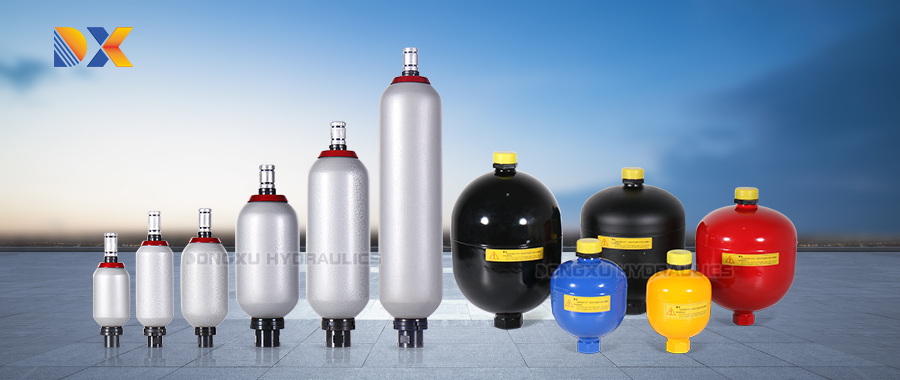
Structural design
Bladder-type accumulator: (as shown in Figure 1-1) A bladder-type accumulator typically consists of a flexible rubber bladder that can hold gas. Since liquids are incompressible, the accumulator utilises the compressibility of gas to achieve the purpose of storing liquid. When pressure increases, oil enters the accumulator, causing the gas to compress. When pressure decreases, the compressed gas expands, forcing oil back into the circuit.
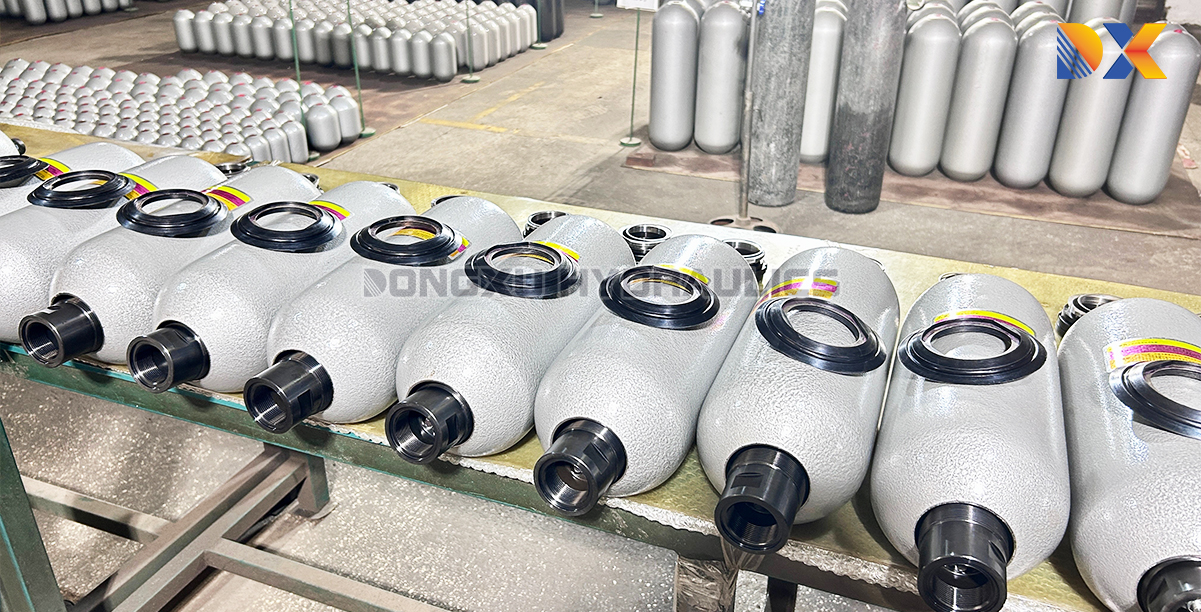
Diaphragm accumulator: (as shown in Figure 1-2) A diaphragm accumulator consists of a partitioning diaphragm (isolation diaphragm) that separates a liquid or gas into two regions. One region is filled with a compressed medium (such as nitrogen), while the other region contains the liquid or gas to be stored. The diaphragm acts as an isolation barrier between the two regions.
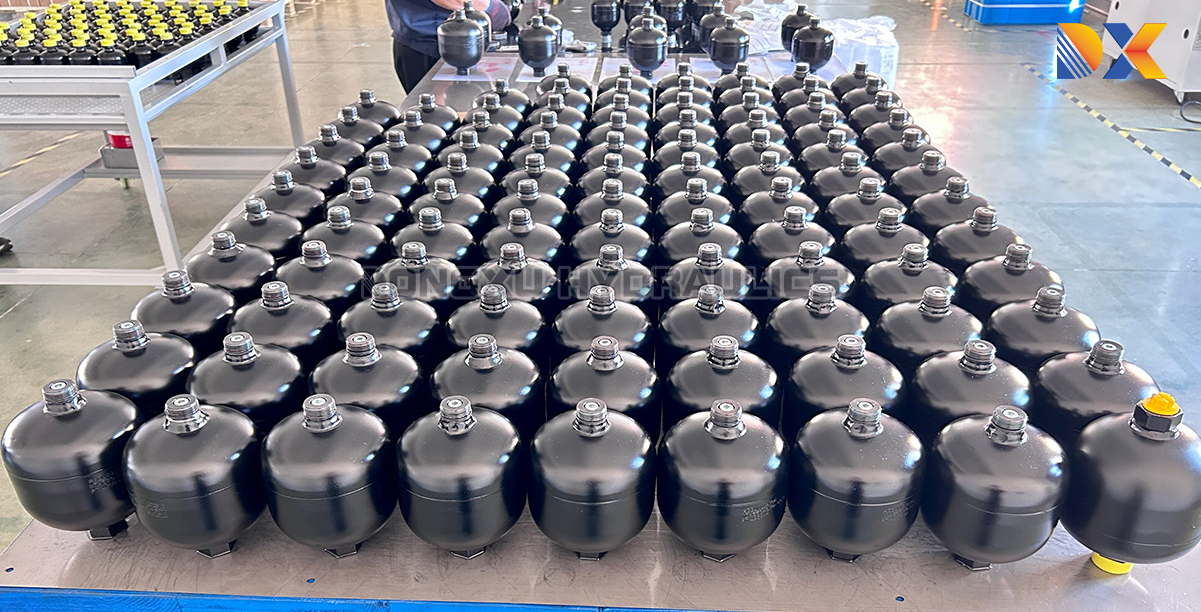
Pressure stability
Bladder-type accumulator: Bladder-type accumulators can also provide a certain degree of pressure stability, but compared to diaphragm-type accumulators, their pressure output may be slightly less stable due to the flexibility of the rubber bladder.
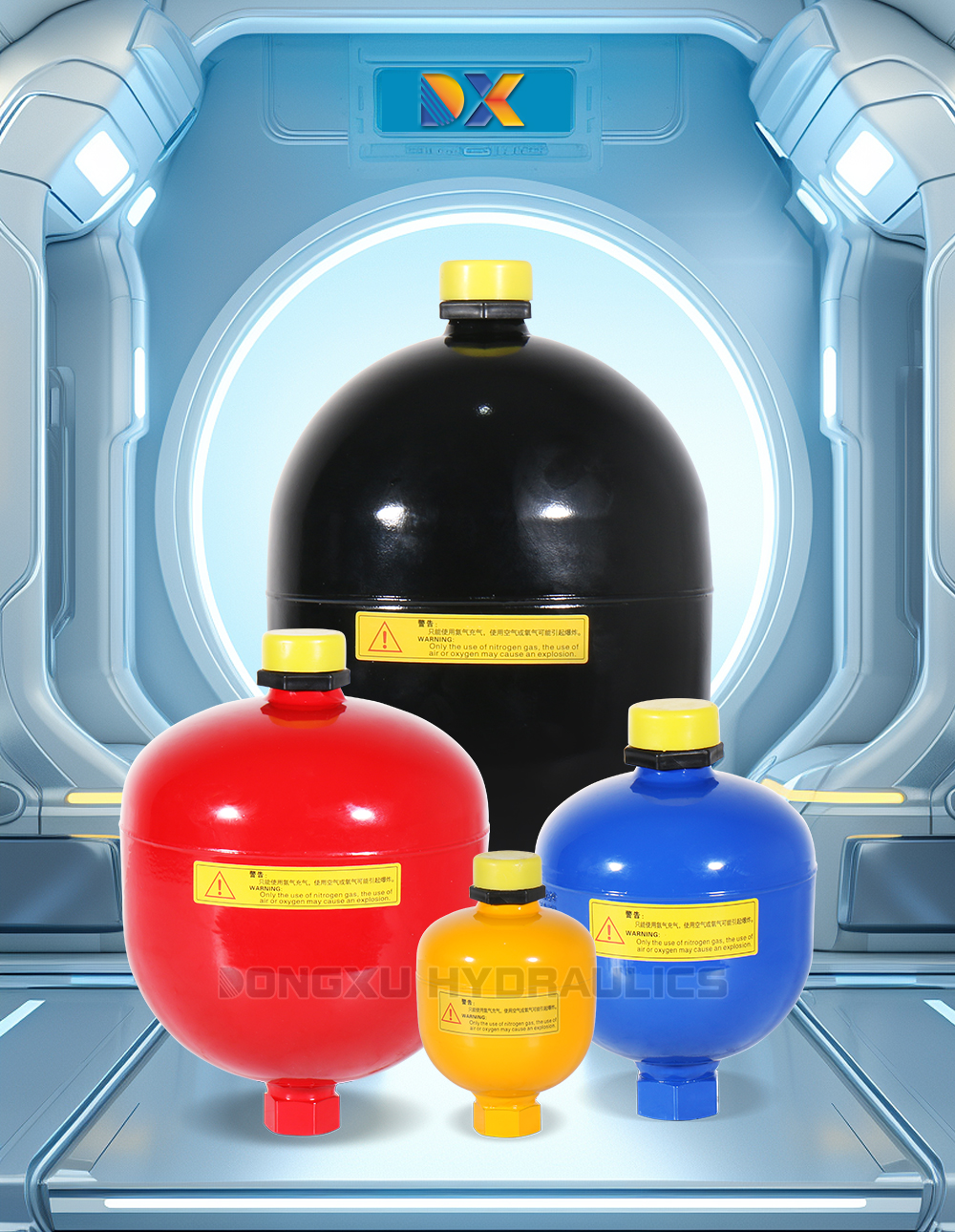
Diaphragm accumulator: Due to the presence of a diaphragm, diaphragm accumulators can provide more stable pressure output because the compressed medium and the stored liquid or gas are separated and regulated by the diaphragm.
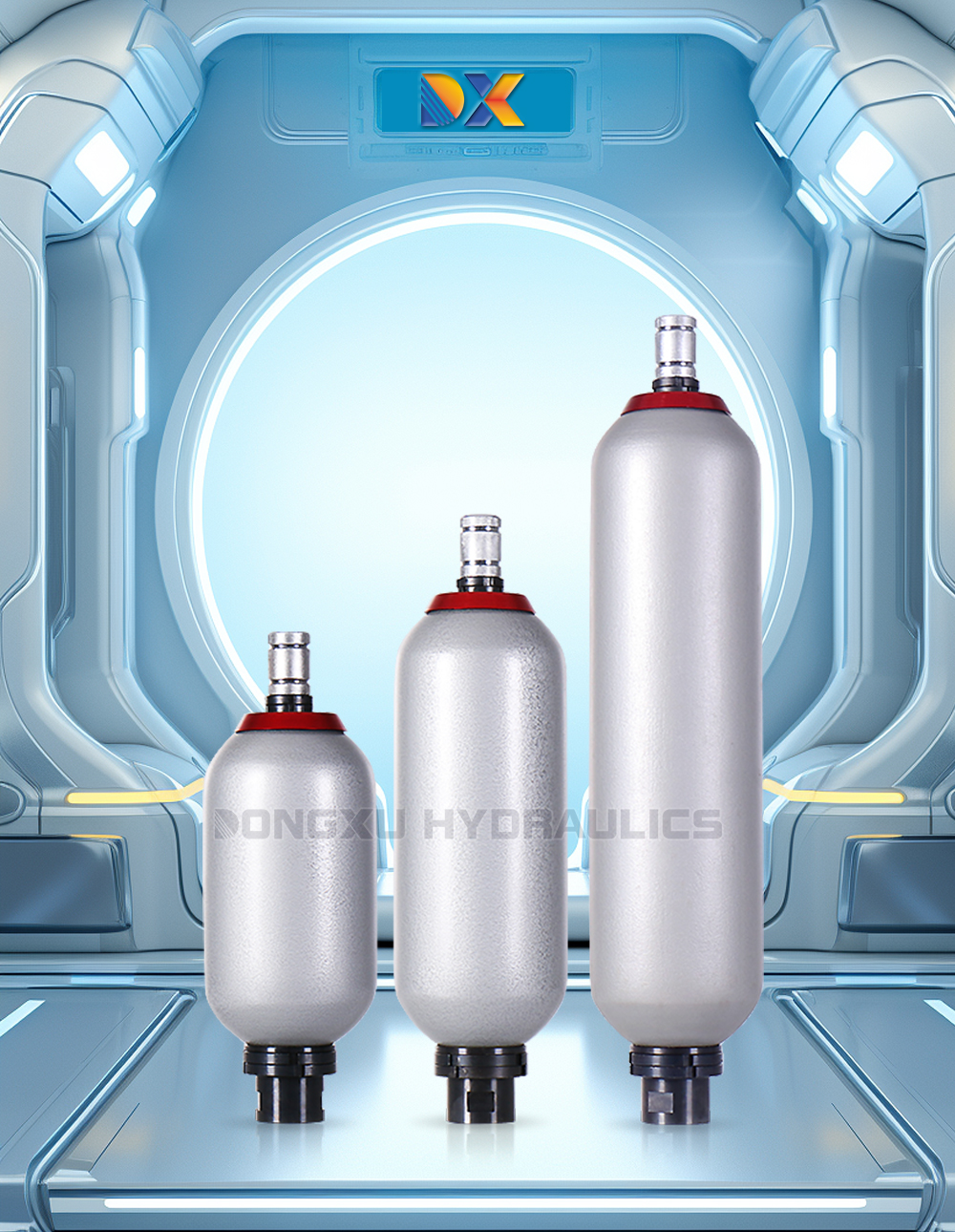
Der obige Vergleich zeigt, dass Blasenspeicher sich auf „große Kapazität, hohen Druck und langfristige Stabilität“ konzentrieren, während Membranspeicher sich auf „kleine Kapazität, schnelle Reaktion und Niederdruckkomfort“ konzentrieren. Bei der Auswahl eines Modells müssen Kernparameter wie Systemdruck, Volumenanforderungen und dynamische Leistung umfassend bewertet werden.
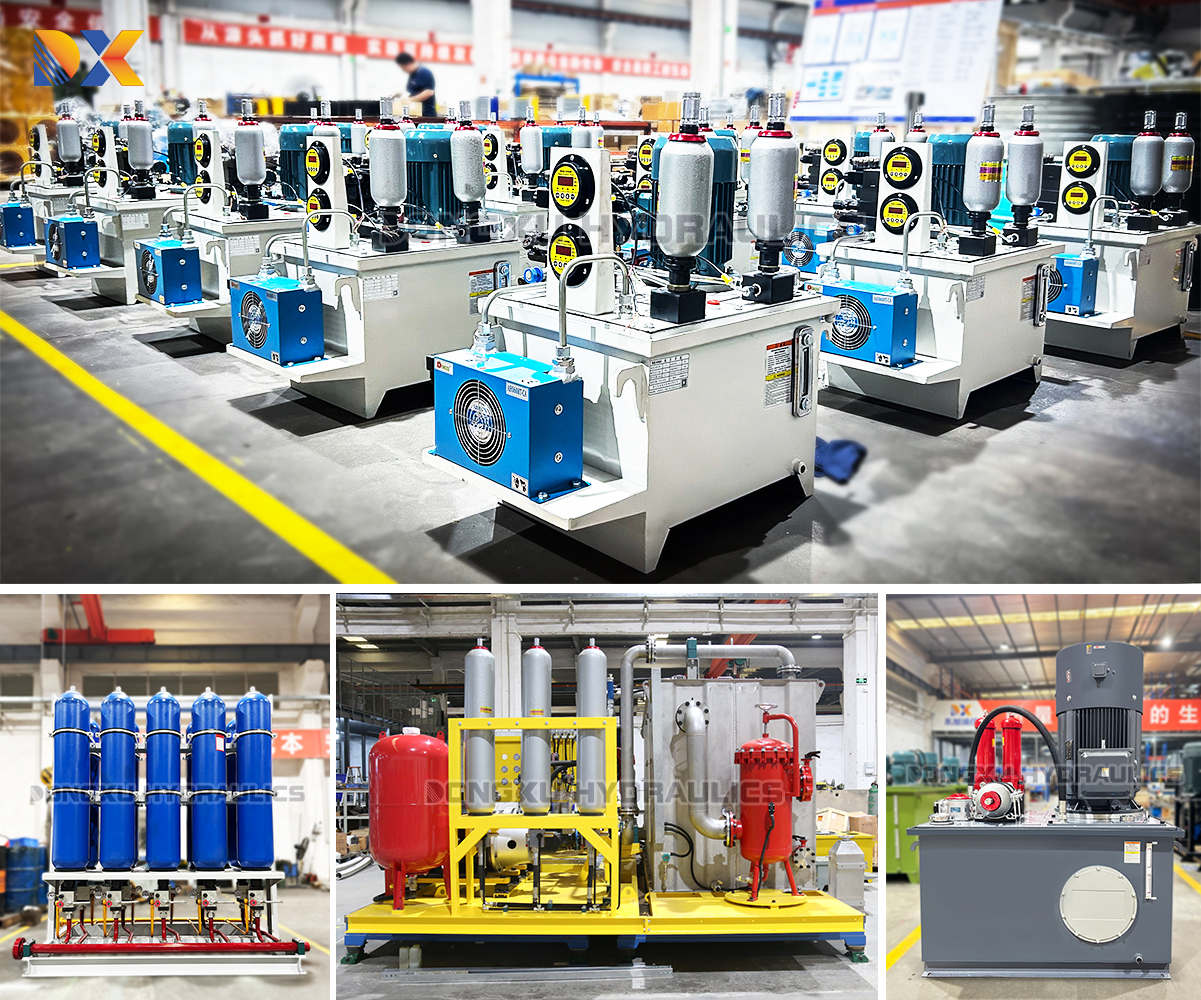
 GearboxesAgriculture/Products8
GearboxesAgriculture/Products8 GearboxesAgriculture/Products8
GearboxesAgriculture/Products8 GearboxesAgriculture/Products8
GearboxesAgriculture/Products8 GearboxesAgriculture/Products8
GearboxesAgriculture/Products8 GearboxesAgriculture/Products8
GearboxesAgriculture/Products8 GearboxesAgriculture/Products8
GearboxesAgriculture/Products8 GearboxesAgriculture/Products8
GearboxesAgriculture/Products8 GearboxesAgriculture/Products8
GearboxesAgriculture/Products8 GearboxesAgriculture/Products8
GearboxesAgriculture/Products8 GearboxesAgriculture/Products8
GearboxesAgriculture/Products8 GearboxesAgriculture/Products8
GearboxesAgriculture/Products8 GearboxesAgriculture/Products8
GearboxesAgriculture/Products8 GearboxesAgriculture/Products8
GearboxesAgriculture/Products8 GearboxesAgriculture/Products8
GearboxesAgriculture/Products8 GearboxesAgriculture/Products8
GearboxesAgriculture/Products8 GearboxesAgriculture/Products8
GearboxesAgriculture/Products8 GearboxesAgriculture/Products8
GearboxesAgriculture/Products8 GearboxesAgriculture/Products8
GearboxesAgriculture/Products8 GearboxesAgriculture/Products8
GearboxesAgriculture/Products8 GearboxesAgriculture/Products8
GearboxesAgriculture/Products8





